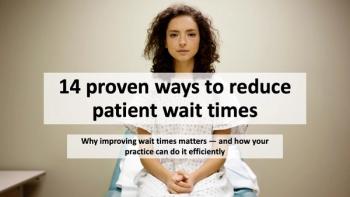
11 tips to keep patients engaged between visits
From follow-up texts to micro-learning videos, these 11 low-cost strategies help practices boost patient satisfaction, improve outcomes and protect revenue between visits.
If your connection with patients ends the moment they step out of the exam room, you're leaving care gaps — and revenue — on the table. Health care has entered an age of consumer expectations shaped by Amazon Prime, ride-share apps and on-demand everything.
Patients now look for the same instant access and frequent feedback from their doctor's office that they get from their favorite retailers. Practices that meet those expectations see gains in medication adherence, visit retention and bill collection,
There's also a hard financial edge. Patients who are engaged are quicker to pay balances and
Similarly, value-based contracts reward patients that keep chronic-disease metrics under control, making patient participation a measurable revenue lever, rather than a marketing subtlety.
Regulators are watching, too. Starting this year, the Centers for Medicare & Medicaid Services (CMS) Merit-based Incentive Payment System weighs "patient-reported outcomes" more heavily. Many private payers have followed suit with similar bonus structures. Staying in touch between visits — whether through a portal reminder, a texted blood-pressure alert or a simple check-in call — can top a quality score from average to bonus-eligible.
It's important to note that engagement efforts don't have to bust the budget. Most tactics rely on tools you already own — your electronic health record's (EHR's) messaging templates, inexpensive survey apps, a smartphone camera and five minutes of staff time.
The key?
Newsletter
Optimize your practice with the Physicians Practice newsletter, offering management pearls, leadership tips, and business strategies tailored for practice administrators and physicians of any specialty.








